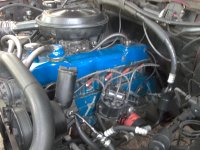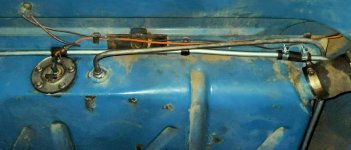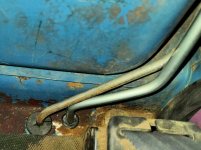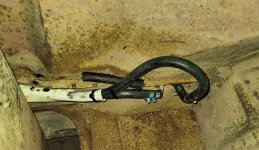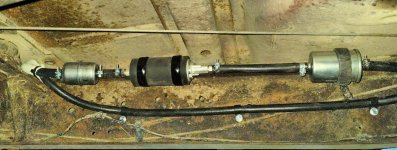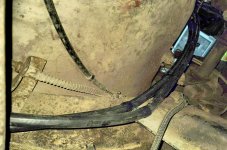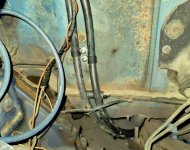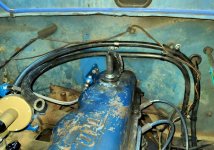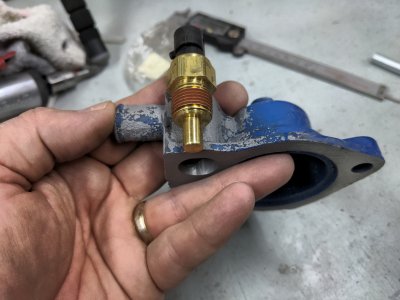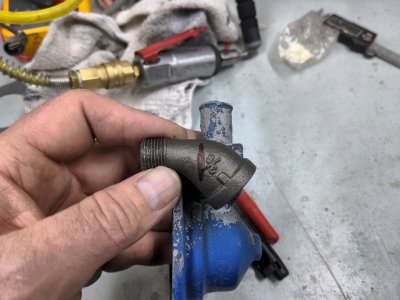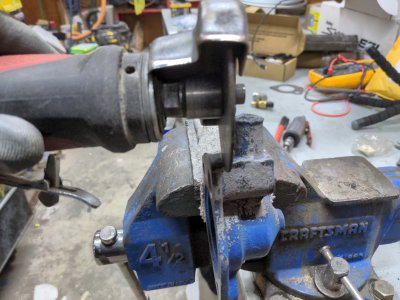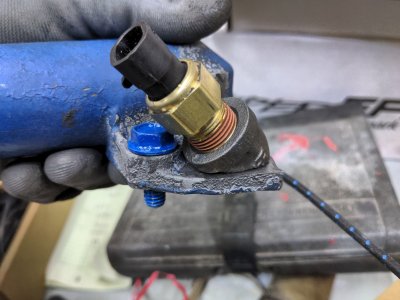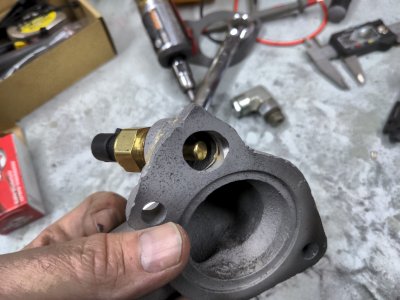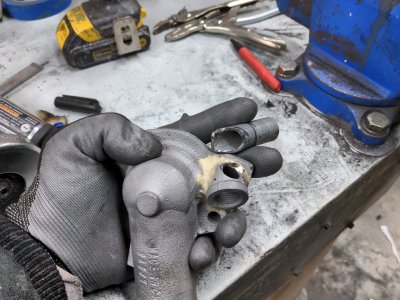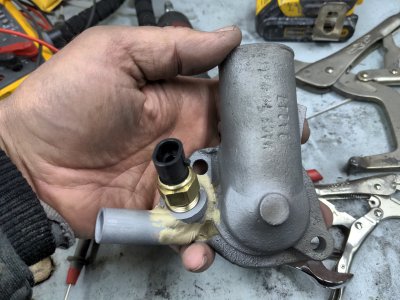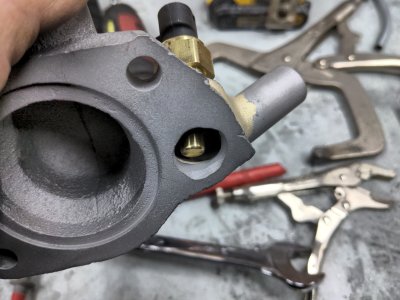PCV Breather hose : I only remember ONE factory design that had the hose inside the filter element, and it was plumbed into the side of a 3" spacer between carb and air filter housing. ('69 C-10 with 350 and Qjet.) As far as filtration, inside is guaranteed clean air. Inside also will oil up carb internals if the engine has moderate wear, or is used in a hard-load application where vacuum is low, and most of the crankcase vapor is passing thru the carb, not the valve. The way they've been doing it, with a little 2" filter that wedges into the side of the filter housing, clipped in place is cheezy IMO. It works, but high blowby engines still oil up the paper element.
In a high-wear engine, I run the line from the breather cap on the VC down to under the engine, open to the atmosphere. (Blame my diesel days). this works well, as long as the cap has a decent filtration media. PCV valve draws most into the engine, heavy load, the vapor escapes unhindered without oiling up carb internals or ruining the paper element.
Pic shows the PCV vent line leaving the breather cap, heading down to a 90* elbow attached to the bottom of the crossmember facing rearward. Pic also shows the 3" spacer described above (with the pcv hole plugged). It was the perfect solution for fitting a factory closed filter element onto a 4 bbl /Offy that would clear the AC evaporator box. Someone poked me for having a Chevy air filter. I said, as strong as that 350 was, my old Ford gains at least 3 HP by association!
In a high-wear engine, I run the line from the breather cap on the VC down to under the engine, open to the atmosphere. (Blame my diesel days). this works well, as long as the cap has a decent filtration media. PCV valve draws most into the engine, heavy load, the vapor escapes unhindered without oiling up carb internals or ruining the paper element.
Pic shows the PCV vent line leaving the breather cap, heading down to a 90* elbow attached to the bottom of the crossmember facing rearward. Pic also shows the 3" spacer described above (with the pcv hole plugged). It was the perfect solution for fitting a factory closed filter element onto a 4 bbl /Offy that would clear the AC evaporator box. Someone poked me for having a Chevy air filter. I said, as strong as that 350 was, my old Ford gains at least 3 HP by association!
Attachments
Last edited:

